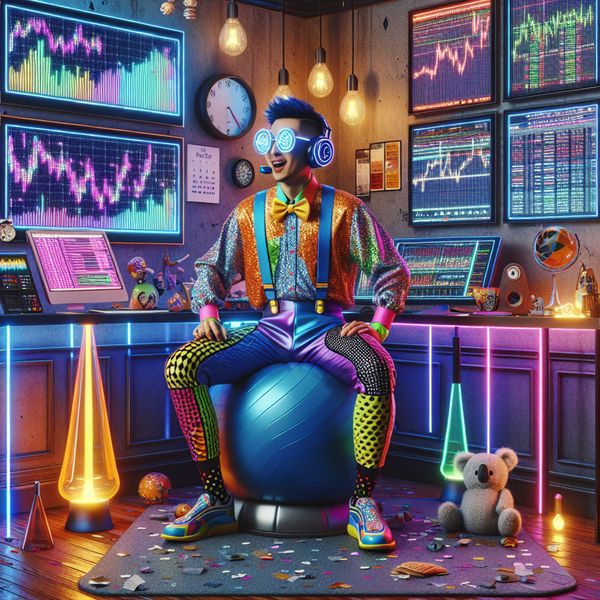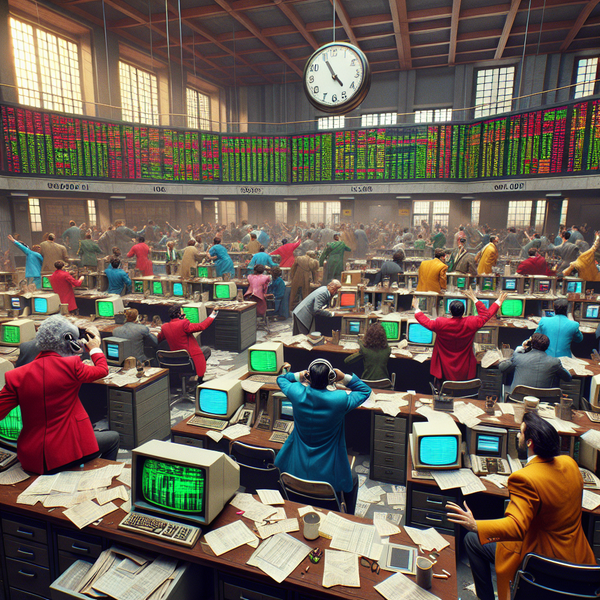How to Trade ES Futures for Success
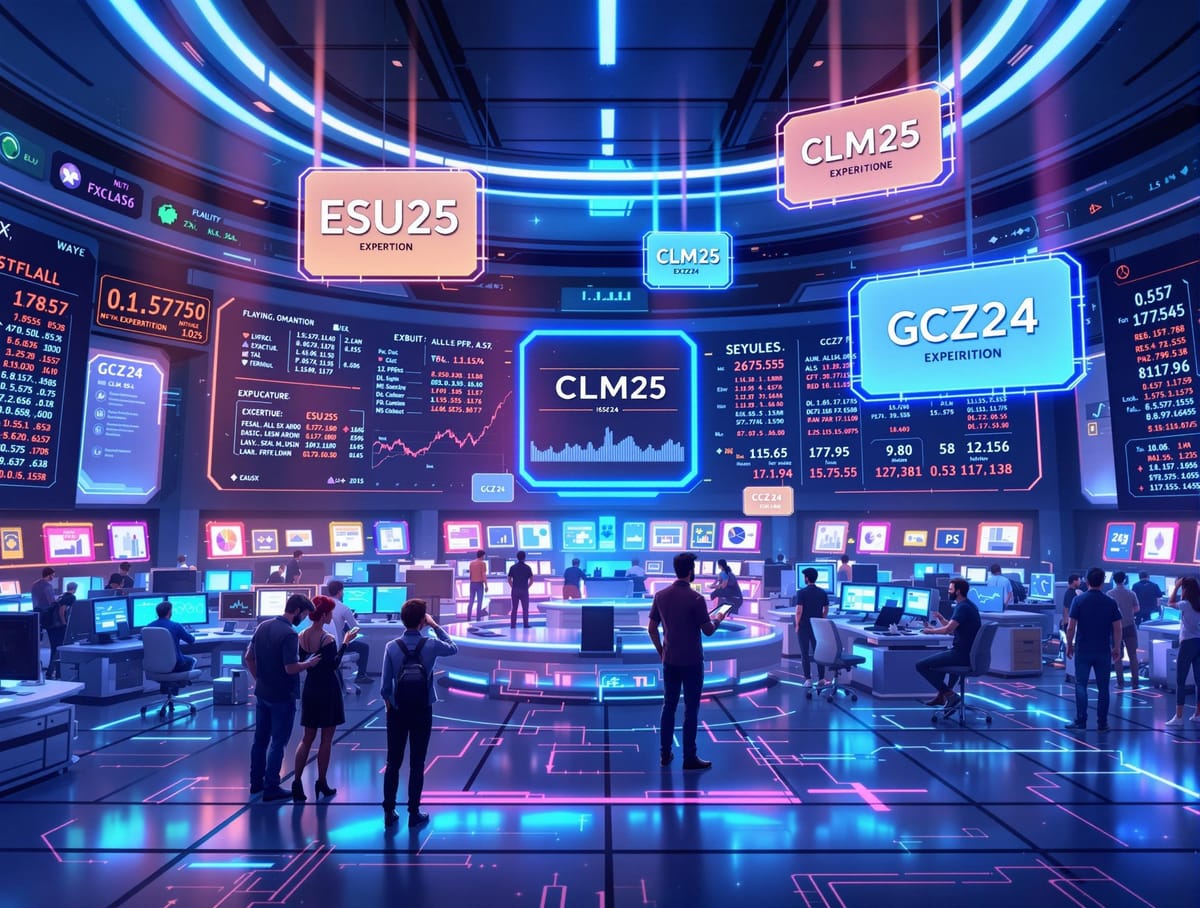
If you want to understand how to trade ES futures effectively, you’re in the right place. ES futures—specifically the S&P 500 E-mini and Micro contracts—are popular with beginners and professionals alike. They offer flexibility, deep liquidity, and the potential for profit in both rising and falling markets. In this blog, we’ll walk you through everything you need to know, from what makes these products special to the best strategies and trading hours, ensuring you have a solid foundation to succeed. For those looking to explore trading accounts and rules before diving in, check out account options.
What Are ES Futures and Why Do Traders Love Them?
The Basics of the S&P 500 E-mini Futures
S&P 500 E-mini futures are standardized contracts that let traders speculate on the future price of the S&P 500 index. Each E-mini contract represents a portion of the traditional S&P 500 futures, making it more accessible for retail traders. They are cash settled, which means you don’t need to worry about taking physical delivery—everything happens electronically. The E-minis are traded on the CME (Chicago Mercantile Exchange), which offers the reliability and transparency serious traders need. Understanding the basics is the first crucial step when learning how to trade ES futures.
E-mini vs Micro ES Futures
E-mini ES futures were introduced to make trading the S&P 500 easier and more affordable. Micro ES futures go a step further—they’re one-tenth the size of E-mini contracts, allowing for even lower margin requirements and smaller trade increments. This means you can start with less risk and practice smart futures trading strategies without putting too much money on the line. Both versions offer the same market exposure and run on similar schedules, but micro and minis futures appeal to different capital levels and risk appetites. Curious about the cheapest mini futures to trade? Micro ES contracts are often the best choice for beginners.
Why Day Traders Love ES Futures
Day traders love ES futures because they are among the most liquid and active contracts in the world. The tight bid-ask spreads allow for fast executions and lower trading costs, which is essential for short-term strategies. Plus, with futures trading hours nearly round the clock, you can trade at almost any time. The regular price swings and news-driven volatility make ES futures perfect for both quick scalping and longer-term plays. Ever wondered why ES mini futures are up during particular sessions? It’s often due to global news and economic data releases that impact the U.S. market.
How to Trade ES Futures Trading for Beginners
What You Need to Start Trading ES Futures
Starting with ES futures doesn’t require a lot of physical equipment but does demand readiness and research. You’ll need a trading account with margin capabilities, access to real-time data, and a reliable trading platform. Most traders rely on desktop platforms with advanced charting, but plenty of mobile apps can keep you connected after hours. A solid understanding of futures trading for beginners and a willingness to learn are both critical for early success. Before risking real money, review Funded Futures Network’s beginner-friendly rules.
How to Choose Between Micro and Mini ES Contracts
Picking between mini (E-mini) and micro ES contracts is mainly about risk tolerance and account size. Micro futures, with their smaller size and margin, are perfect for new traders or those wanting to test new strategies without much financial pressure. E-mini futures, while requiring more capital, offer bigger potential gains (and losses) with each price move. If you're just starting out, many experts recommend trading micros until you feel confident and consistent. Have you thought about which product matches your trading goals?
How to Pick a Futures Broker That Fits Your Trading Style
Brokers offer various platforms, pricing models, and account features for trading minis and micros on ES. Look for brokers with competitive commissions, reliable execution, and excellent customer support. Some brokers specialize in day trading, while others cater to swing or longer-term futures traders. Make sure your broker offers the right trading platform and access during all main futures open hours. Not sure where to compare brokers? Websites like BrokerChooser.com can help you narrow down your options.
Setting Up Your Charting and Trading Platform
A solid trading platform is essential for ES futures. Look for one with real-time quotes, a robust charting package, and helpful order entry tools. Many platforms also support automated trading and backtesting, perfect for trying out new futures trading strategies. Some popular choices for ES trading include Funded Futures Network’s preferred platforms, NinjaTrader, and Quantower. Take time to customize your charts with your favorite indicators and layouts—good preparation can give you a trading edge.
Placing Your First ES Futures Trade
When placing your first ES futures trade, start small. Choose either a micro or mini ES contract, select your market entry price, and set logical stop-loss and take-profit orders. Pay attention to market volatility and avoid trading during unpredictable news events until you’re more experienced. Always double-check order types—market orders fill instantly, while limit orders provide more price control. Are you ready to take that first step into the futures market?
How to Practice Safely with a Futures Demo Account
Trading in simulation (demo) mode is the safest way to test your trading ideas before using real positions. Most brokers provide free demo accounts loaded with virtual money, allowing you to practice entering and exiting trades, experimenting with different futures trading strategies, and understanding platform features risk-free. Successful demo trading doesn’t always guarantee live results, but it builds your foundation and helps you avoid costly mistakes. Have you tried practicing with a demo account yet?
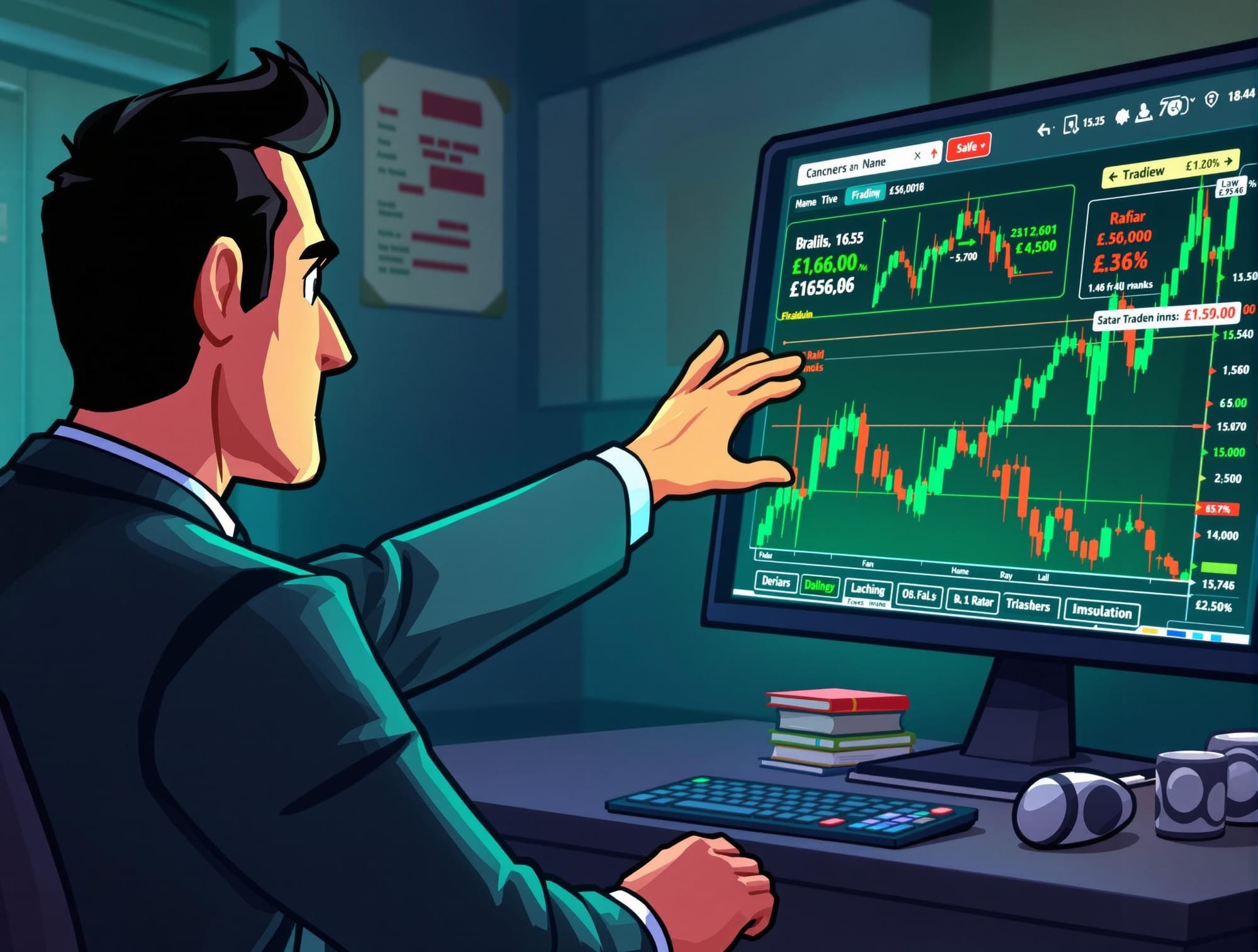
Futures Trading Hours and Open Sessions
What Are the Official Futures Open Hours?
The main ES futures trading hours run from Sunday evening to Friday afternoon, nearly 24 hours a day with short breaks. Officially, ES contracts trade from 6:00 p.m. to 5:00 p.m. Eastern Time (ET), with a daily one-hour pause between 5:00–6:00 p.m. These extended sessions allow traders from around the world to participate outside the traditional U.S. stock market hours. Understanding futures open hours helps traders access more opportunities and manage positions across global events. Full futures trading hours are always available on the Funded Futures Network for easy reference.
How Futures Trading Hours Affect Volatility
Volatility changes as different sessions open and close. U.S. market hours (9:30 a.m. to 4:00 p.m. ET) tend to see the highest volume and the most significant price moves in ES futures. After-hours trading (Asia and Europe sessions) is quieter but can still offer great setups, especially during major global news releases. Many traders focus on periods of increased volatility to find more trading opportunities. When do you notice the biggest price swings in your practice trades?
Key Overlapping Sessions to Watch
Session overlaps—such as when the London session meets the U.S. open—can lead to rapid price changes and higher liquidity. These times are especially popular with day traders seeking quick moves. The best time to trade MES futures is often during these overlaps, as there’s more volume and clearer trends. Skilled traders plan their trades around these windows to maximize efficiency. What overlapping sessions work best for your schedule?
Pre-Market and After-Hours Futures Movement
Pre-market and after-hours sessions can be more unpredictable. News announcements, earnings reports, and geopolitical events often move ES futures well before or after the standard market open. Prices can gap and move quickly on lighter volume, presenting both risks and opportunities for traders who want action outside the regular day. For more on pre-market futures activity, check MarketWatch.com.
Futures Trading Hours During Holidays
Holiday schedules bring special rules—markets may open late, close early, or not open at all. During major U.S. holidays like Independence Day or Thanksgiving, futures trading hours are shortened, and volumes drop sharply. It’s wise to check the exchange’s holiday calendar in advance and avoid trading during thin, illiquid markets. If you need the latest holiday hours, Funded Futures Network always keeps an updated schedule.
What Time Do I Have to Close My Trades on ES?
Most traders close out their intraday positions in ES futures before the U.S. market closes at 4:00 p.m. ET or before the daily settlement at 5:00 p.m. ET. Some brokers enforce stricter deadlines, forcing day traders to exit all trades by a set time. Make sure you’re aware of your broker’s rules about what time I have to close my trades on ES—unexpected margin calls can ruin a good trading day. Double-checking this prevents surprises and account issues.
Best ES Futures Trading Strategies to Try
Trend-Following Strategy for ES Futures
A trend-following strategy involves identifying the market’s direction and trading with the trend until it shows signs of reversal. Traders might use moving averages or price action patterns to spot these trends. In ES futures, trends can last for hours or days, especially during economic news cycles. By riding momentum, you can capture significant price moves with lower stress and fewer decisions. How do you spot a new trend forming on your chart?
Breakout Strategy Using Support and Resistance
A breakout strategy works by identifying key support and resistance levels on the ES futures charts. When the price breaks above resistance or below support with strong volume, it often leads to significant moves—making this approach popular among day traders. Successful breakout traders usually wait for confirmation, such as a close outside the level or a surge in trading volume, to avoid false signals. This method is especially effective during major U.S. economic events, when ES mini futures are up or down on the back of increased volatility. Are you watching these levels in real-time to spot breakout opportunities as they happen?
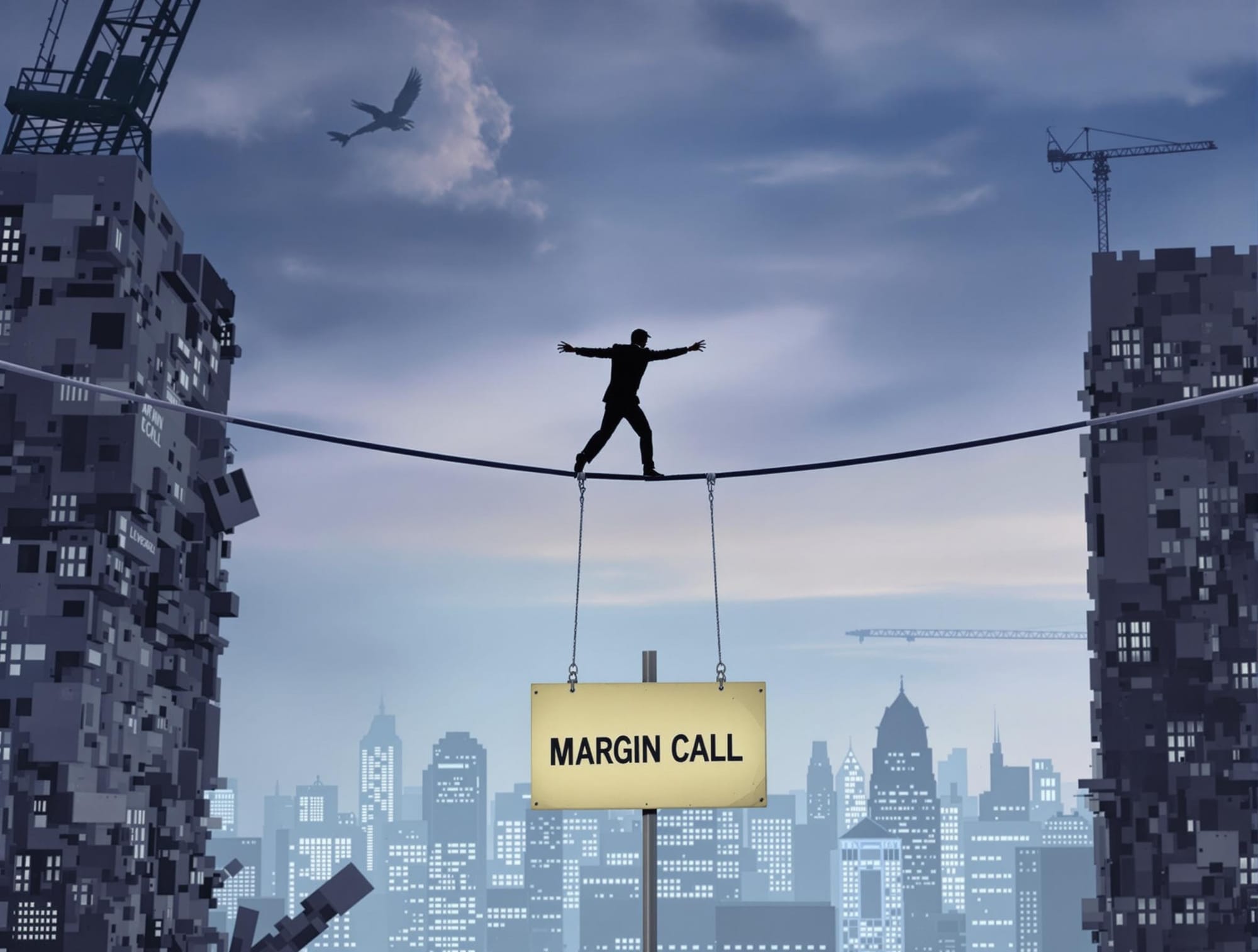
VWAP Bounce and Reversion Strategy
The VWAP (Volume Weighted Average Price) is a popular tool for ES futures traders, especially during active sessions. A VWAP bounce occurs when price briefly deviates from VWAP and then snaps back toward it, allowing traders to enter quick, momentum-driven trades. This futures trading strategy is effective for both micro and minis futures due to its reliance on volume and price action rather than large price swings. Combining VWAP with other indicators like RSI or MACD can enhance trade signals and reduce the risk of false entries. Would you feel more confident in your trading if you used VWAP or a similar guidepost for reversion trades?
Scalping the ES on High-Volume Days
Scalping ES futures is all about making quick, small profits multiple times a day, especially when market volume is high. On high-volume days—often triggered by economic announcements or earnings reports—the ES contract’s liquidity and tight spreads help scalpers get in and out efficiently. Using 1- or 5-minute charts, scalpers look for small bursts of momentum and typically set tight stop-losses to limit risk. This approach is popular with beginners mastering futures trading hours and wanting to leverage short-term volatility. Have you ever tried to scalp ES micros or minis during the busiest times of the day?
Using News Events to Trade ES Volatility
Major news releases, such as Fed announcements, jobs reports, or global political events, can drive sharp moves in ES futures. Some traders design their entire futures trading strategy around these scheduled events, looking for strong reactions and trading the resulting volatility. It’s crucial to monitor an economic calendar and execute trades only when the setups align with your risk parameters. Be aware that slippage and whipsaws are common, so using stop-loss orders is essential during these volatile periods. How do you prepare for the unexpected market surges triggered by news?
How to Build an ES Futures Trading Strategy That Fits You
Creating a trading strategy for ES futures starts with knowing your strengths, goals, and risk tolerance. Consider whether you prefer fast-paced trading (like scalping) or slower, more methodical approaches (such as swing trading or trend following). Testing different strategies on micro contracts can help you discover what works for you without significant financial risk. Keep track of your trades, review your performance honestly, and make small tweaks as you learn. As you get comfortable, you can gradually adjust position size or complexity—remember, a strategy that fits your personality will keep you more disciplined and engaged over time.
Risk Management When Trading Micro and Minis Futures
Smart risk management is what separates successful ES futures traders from gamblers. Always use stop-loss orders to cap potential losses and never risk more than a small percentage of your trading account on any single trade. Micro and minis futures allow you to scale position sizes precisely, meaning you can fine-tune risk to match your comfort level. Diversifying across strategies and trading times, and keeping detailed records of your trades, further protects your capital. Funded platforms like Funded Futures Network offer additional tools and resources for disciplined, risk-aware trading.
How Funded Accounts Can Help You Learn Faster
Funded accounts can be game-changers for learning how to trade ES futures. These programs give traders access to live capital in exchange for passing an evaluation and following set rules. This approach provides real-time experience with real market moves, without requiring a large amount of personal risk up front. Funded accounts also enforce strict risk management, teaching you how to avoid dangerous habits while you build consistency. Explore options like Funded Futures Network or review the rules and procedures at to see how you can earn a funded seat.
Final Words on Trading ES Futures
Learning how to trade ES futures can open the door to significant trading opportunities, from E-minis and micros to advanced strategies. By understanding core concepts like trading hours, contract sizes, risk controls, and strategy building, you prepare yourself for a smoother path in the futures markets. Don’t be afraid to start small, leverage demo accounts, and take advantage of educational platforms and funded account programs. As you test different ideas—from trend-following to news-based trading—you’ll find the method that best matches your goals and trading style. Stay curious, keep learning, and always prioritize safe trading practices.
FAQs About Trading ES Futures
Can beginners trade ES futures safely?
Yes, with the right preparation, beginners can trade ES futures safely. Starting with micro contracts and a demo account is strongly recommended so you can learn without risking significant capital. Many brokers and platforms offer extensive resources targeted at futures trading for beginners, so take advantage of these before going live.
How much money do I need to trade ES futures?
The amount varies based on your broker, margin requirements, and whether you trade E-minis or micros. Micro contracts allow you to get started with as little as a few hundred dollars, while E-minis require higher margins—often $2,000 or more for day trading. Check out Funded Futures Network accounts for more specifics on minimums and options.
Are ES mini and micro contracts good for small accounts?
Absolutely—ES mini and micro contracts are designed to offer access to traders with smaller accounts. Micros, in particular, make it easy to manage risk and build consistency before scaling up to larger sizes. This flexibility is a key reason why both products are among the cheapest mini futures to trade.
What’s the best time of day to trade ES futures?
The best time to trade MES futures is during the major U.S. market hours, especially the first and last hours of the trading day and during key overlapping sessions. High volatility and liquidity make these windows ideal for most strategies, from scalping to breakout trades.
Do ES futures trade during holidays and weekends?
Futures don’t trade on weekends, and market hours are reduced or modified during major holidays. Always check the official CME holiday schedule or your broker’s website to confirm when you can place trades. Funded Futures Network also posts updates about holiday trading.
What affects the price movement of ES futures?
ES futures are influenced by a variety of factors, including news events, earnings, global economic reports, and fluctuations in the underlying S&P 500 index. Seasonal trends and market sentiment can quickly swing prices, which is why monitoring both technical and fundamental indicators is important.
Can I hold ES futures trades overnight?
Yes, you can hold ES futures positions overnight, but be aware of increased risks like price gaps caused by overnight news or global developments. Always check your broker’s margin requirements and consider using stop-loss orders to protect open trades while you’re away from the screen. Are you prepared for overnight volatility—or do you prefer day trading to minimize that risk?

